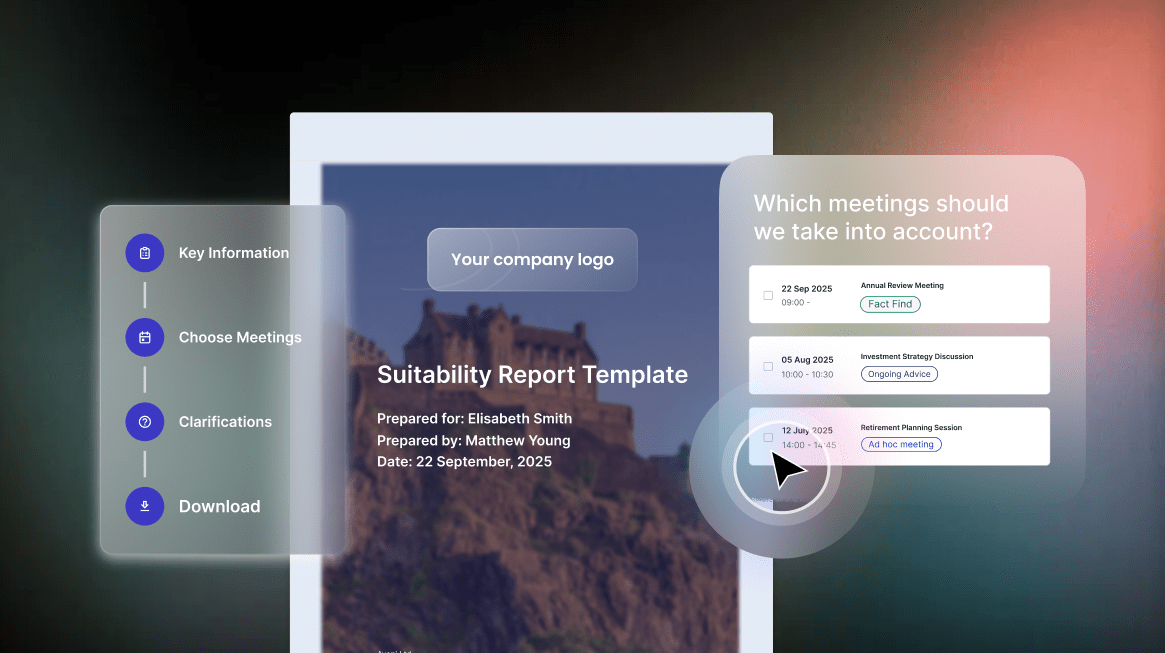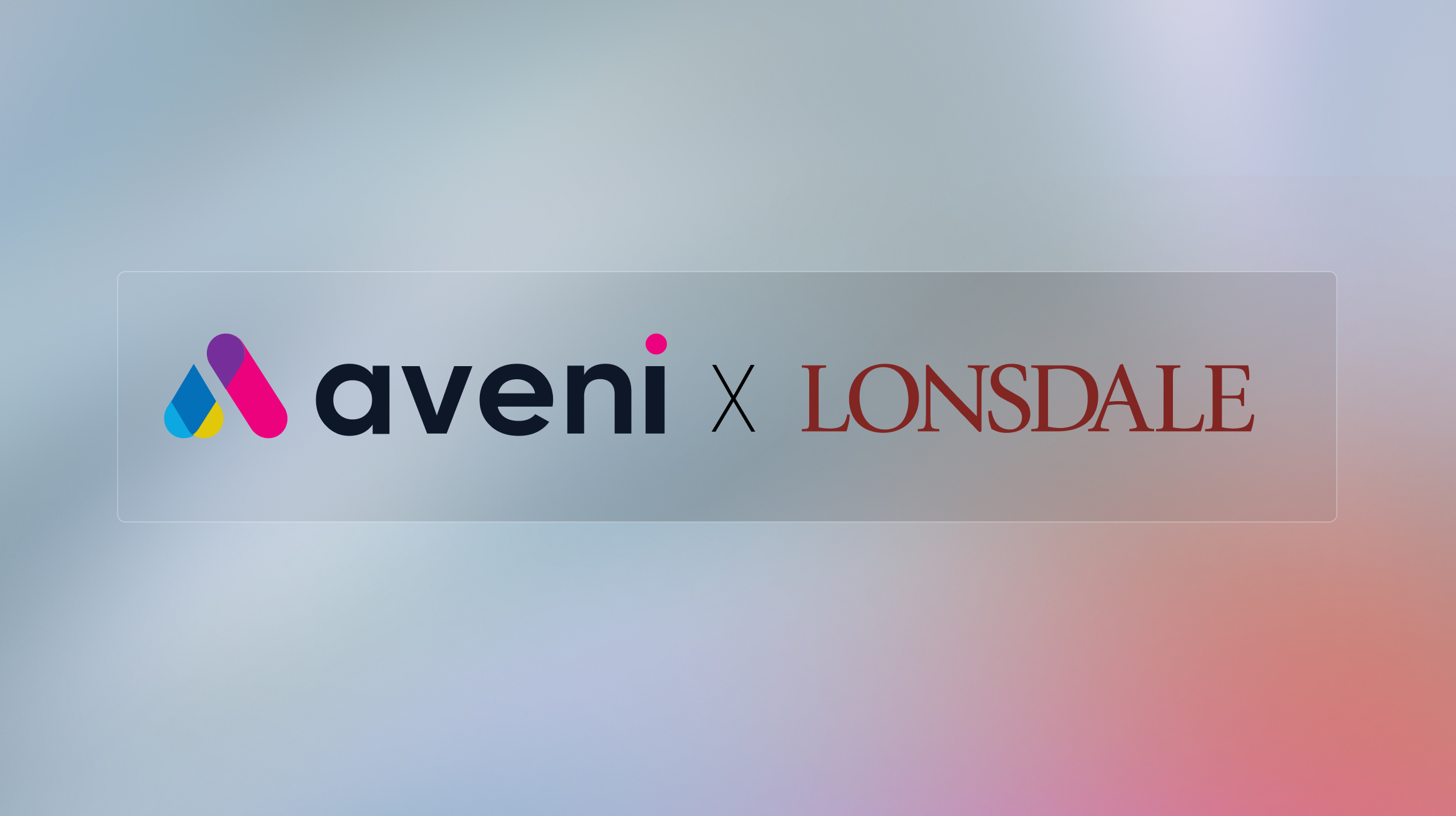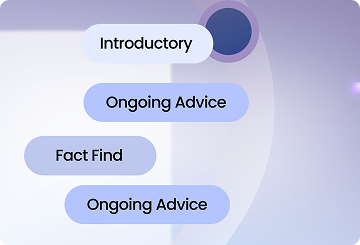Many organisations launch AI pilots with enthusiasm but struggle to scale them into full production systems. The challenges are predictable. Poor data quality, unclear ROI, fragmented ownership, and weak governance often slow progress or stop projects from maturing.
This article outlines the core strategies that help enterprises scale AI adoption beyond pilot programmes, based on hands-on work with financial services firms. The result is a practical, four-pillar model that supports both regulated environments and high-volume operational teams.
→ Read why enterprise financial firms need purpose-built AI, not generic tools
Why Pilots Stall
The table below summarises what often happens when organisations attempt to move from a controlled pilot to a live, enterprise-scale deployment.
| Key issue | What happens in pilots | What breaks down in production |
|---|---|---|
| Unclear ROI | Novelty drives interest but metrics are vague. | Costs increase and benefits do not match strategic priorities. |
| Data readiness | Clean, narrow datasets are used. | Real-world data is messy, multi-source, and harder to integrate. |
| Governance gap | Pilot risk is modest and compliance checks are informal. | Bias, privacy, explainability and regulatory oversight become critical. |
| Organisational adoption | Small teams adopt new tools. | Scaling requires training, cultural change, and consistent processes. |
These barriers explain why a significant share of AI pilots never reach production. Gartner predicts that 30 percent of generative AI projects will be abandoned after proof of concept by the end of 2025. This is not a technology failure. It reflects gaps in strategy, governance, and organisational readiness.
The Four-Pillar Framework for Scaling Enterprise AI
To scale AI adoption beyond pilot programmes, enterprises need to address four areas in parallel. Neglecting one usually undermines the rest.
1. Strategic Alignment and Value
-
Start with a defined business problem, not a general desire to “use AI”.
-
Set measurable success criteria such as time saved, reduced errors, or improved customer outcomes.
-
Establish baseline metrics before starting the pilot so value can be tracked accurately.
-
Build the business case early and show how AI will reduce costs or release capacity.
This creates the clarity decision-makers need to support expansion.
2. Technical Foundation
-
Use infrastructure that integrates securely with existing systems.
-
Automate data pipelines and prepare for real-time or continually updating information.
-
Apply ML Ops practices such as version control, validation, monitoring and rollback procedures.
This prepares teams for the operational load that production systems require.
3. Governance and Compliance
-
Build oversight into workflows, including privacy, bias, explainability and regulatory checks.
-
Ensure senior leadership understands use cases, associated risks, and approval requirements.
-
Use systems that record interactions and create evidence for compliance reporting.
In financial services, this is essential to demonstrate Consumer Duty, suitability, and operational resilience standards.
4. Organisational Readiness and Change Management
-
Communicate clearly about what is changing, why it matters and what people need to do.
-
Provide training tailored to each role.
-
Share early wins so teams see tangible value.
-
Encourage teams to use AI insights as part of everyday work.
Adoption succeeds when people feel confident, prepared and supported.
→ Discover the steps for financial firms should take in order to drive proper adviser AI adoption
How to Put These Strategies Into Practice
A practical way to begin is with a readiness assessment across all four pillars. This highlights strengths, weaknesses and dependencies.
-
If objectives are vague, data is fragmented or stakeholders are not aligned, pause and refine the strategy.
-
If the foundations are strong, move into scaling. This includes system integration, clear governance responsibilities, and structured change management.
This avoids the common trap of pushing a pilot into production before the organisation is ready.
What Separates Successful AI Scaling from Failed Pilots
Organisations that scale successfully do three things:
-
They connect AI initiatives directly to strategic priorities.
-
They give governance the same weight as technology.
-
They embed training, adoption and cultural change into the process.
The result is not a one-off experiment but a repeatable, governable capability that improves business outcomes.
Real Examples from Financial Services
Firms such as Key Group and Age Partnership have scaled successfully by following this approach. Both began with targeted pilots using Aveni Detect, demonstrated measurable value, and then expanded across their organisations with stronger governance, improved data pipelines and structured adoption support.
Transform your AI pilots into production-ready solutions
Discover how Aveni’s four-pillar framework helps organisations move beyond proof of concept to deliver measurable business value.
References:
- https://www.gartner.com/en/newsroom/press-releases/2024-07-29-gartner-predicts-30-percent-of-generative-ai-projects-will-be-abandoned-after-proof-of-concept-by-end-of-2025
- https://www.forbes.com/sites/cio/2025/01/30/why-75-of-businesses-arent-seeing-roi-from-ai-yet/
- https://hbr.org/2025/03/two-frameworks-for-balancing-ai-innovation-and-risk
- https://www.qlik.com/us/news/company/press-room/press-releases/data-quality-is-not-being-prioritized-on-ai-projects
- https://www.bis.org/fsi/publ/insights63.pdf
- https://www.cprime.com/resources/blog/change-management-in-ai-adoption-effective-strategies-for-managing-organizational-change-while-implementing-ai
Takeaway: To move beyond pilots, ensure your enterprise AI implementation strategy is clear, your technical foundations are scalable, governance is embedded, and your people are ready. With all these in place, scaling from pilot to production becomes not a risk, but an opportunity.
FAQs: Scaling AI Adoption Beyond Pilot Programmes
What strategies help enterprises scale AI adoption beyond pilot programmes?
Enterprises scale AI successfully when they align AI with business priorities, create scalable data and ML Ops foundations, embed governance throughout the lifecycle, and prepare people for adoption through structured change management. These four pillars prevent pilots from stalling and support production-level reliability.
Why do AI pilots fail to reach production?
The main reasons include unclear ROI, narrow or clean pilot datasets that do not reflect real operations, weak governance structures, and limited organisational readiness. Gartner reports that 30 percent of generative AI projects will be abandoned after proof of concept by the end of 2025.
How can financial services firms scale AI with confidence?
By using purpose-built models trained on financial language, maintaining audit trails, applying Consumer Duty and suitability checks, and integrating governance within workflows. Regulated firms need systems that demonstrate traceability, fairness and explainability.
What is the most important factor in AI scaling?
There is no single most important factor, but the strongest predictor of success is alignment between AI initiatives, governance structures and strategic objectives. Technology alone does not determine adoption. Cultural readiness and executive sponsorship are equally important.
How long does it take to move from pilot to production?
It varies by firm. Most financial services deployments take between three and nine months depending on data readiness, governance approval, and change management needs. Pilots progress faster when baseline metrics and clear success criteria are set from the start.
How does Aveni support enterprise AI scaling?
Aveni provides purpose-built models for financial services and a structured four-pillar framework covering data, governance, adoption and technical foundations. Firms like Key Group and Age Partnership have used this approach to progress from pilot to workforce-wide deployment.
How To Scale AI Adoption Beyond Pilots: A Step-by-Step Guide
This section is written in a structure compatible with Google’s “How-To” rich snippets.
Step 1: Define the problem and success criteria
Identify a specific business challenge, establish baseline metrics and clarify how you will measure value.
Step 2: Assess data readiness
Review data sources, quality, lineage and integration pathways. Address gaps before building or deploying models.
Step 3: Build a compliant technical foundation
Select infrastructure that supports secure integration, version control, monitoring and validation.
Step 4: Establish governance early
Create processes for oversight, risk approvals, auditability, explainability and compliance reporting.
Step 5: Prepare people and processes
Plan change management activities, training, communication and support for each role affected.
Step 6: Run a controlled pilot
Use a narrow use case to validate assumptions, test governance processes and measure ROI.
Step 7: Evaluate results against baseline metrics
Confirm whether the pilot improved outcomes such as efficiency, error reduction or consistency.
Step 8: Scale through integration and training
Roll out workflows across teams, integrate with core systems and support users through structured adoption.






